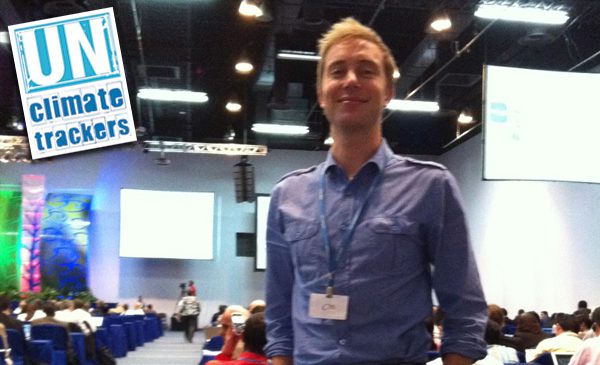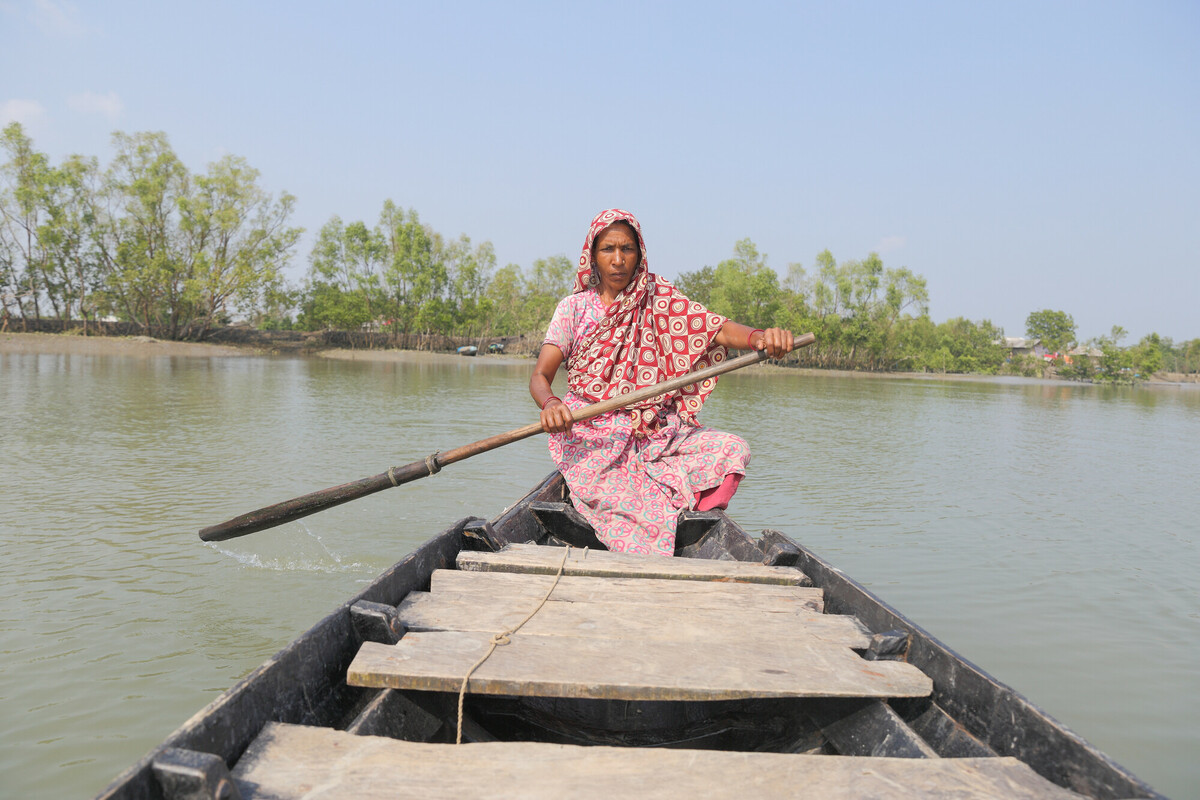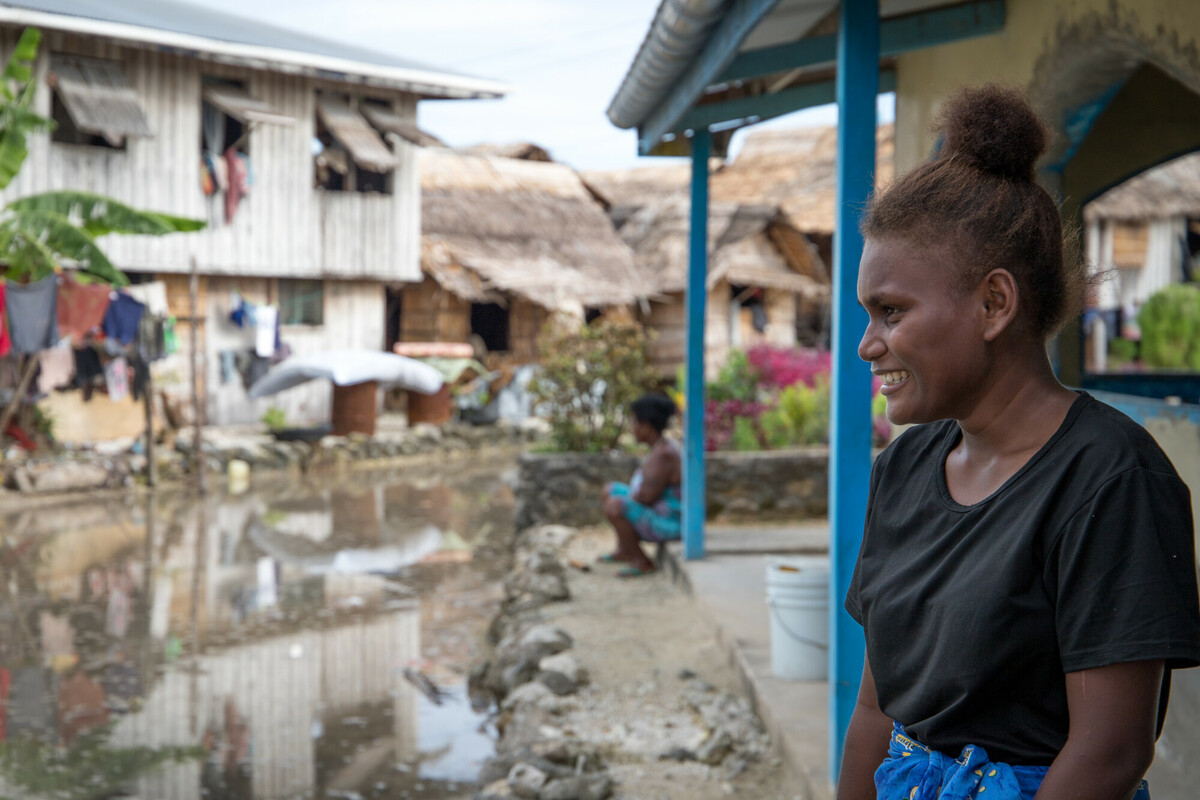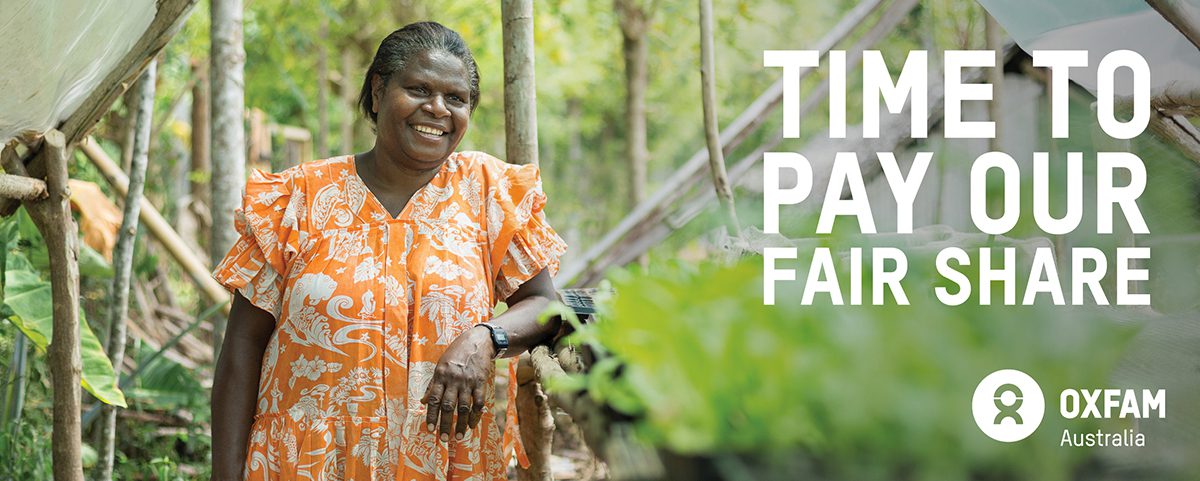By Clancy Moore, UN Climate Tracker
In 2007, Australia under a recently elected Labor government rode a wave of enthusiasm for climate action all the way to Bali and the UN Climate Summit. In Bali, Australia was a knight in shining armour, signing Australia up to the Kyoto Protocol. With a stroke of the pen, Australia went from climate villain to climate hero. After more than a decade of climate inaction, Australia joined other rich countries, with the exception of the US, in taking on mandatory targets to reduce greenhouse gas emissions.
Fast forward five years to 2011 and the Gillard Government took a positive step forward in legislating for a price on carbon and a $10 billion investment in clean energy. However, at the UN climate talks in 2011 Australia stood still or went backwards on many issues. Despite this, agreement was reached for a new global deal covering all countries to start in 2020 and for a second commitment period of the Kyoto Protocol. Kyoto is the bedrock of international cooperation on climate change and provides countries with accounting rules to measure and track reductions in greenhouse gases.
After the first round of UN climate talks for 2012, pressure is mounting for Australia to move forward with Kyoto and submit increased mitigation targets. European nations, small island states and less developed countries, often the most vulnerable to changing weather patterns, see the continuation of Kyoto as vital in efforts to reduce emissions. China and India also see Kyoto as an important piece of the puzzle if they’re to take on legally binding commitments by 2020. Australia exiting from Kyoto would, in turn, slow momentum for a new global agreement. The decision could also have diplomatic consequences with countries in the Pacific and parts of Asia.
Signing on to Kyoto also requires Australia to submit a target to reduce greenhouse gases. There is a risk that Australia could lock in a low target. However, our current 5% target by 2020 on 2000 levels is already well below what is required by science to limit warming to below 2 degrees. The IPCC recommends rich countries reduce emissions by 25–40% by 2020 on 1990 levels. The government’s own policy outlines measures needed to go to the higher end of the 5–15% range and a possibility to move to 25%. Significantly, Freedom of Information papers obtained by The Climate Institute show that the conditions for moving to 15% have already been met. Signing on to Kyoto provides Australia with an opportunity to commit to stronger targets and show the global community that we are committed to tackling climate change.
Once again, the Kyoto question looks set to define Australia’s international standing on climate change.




